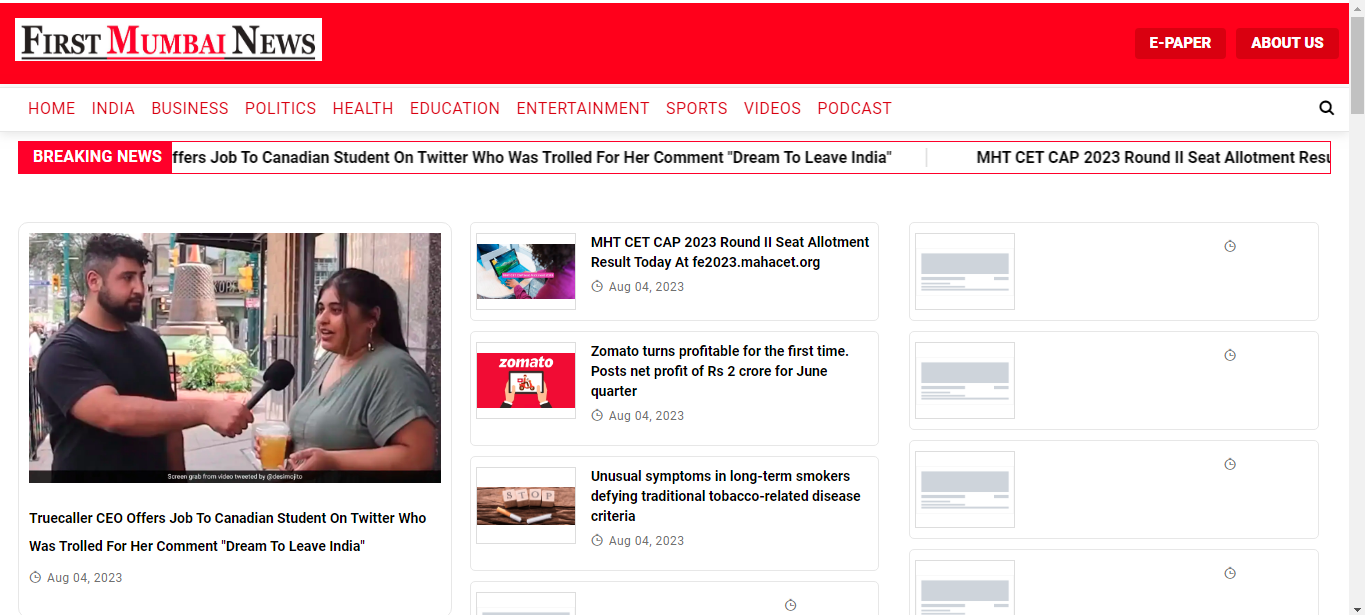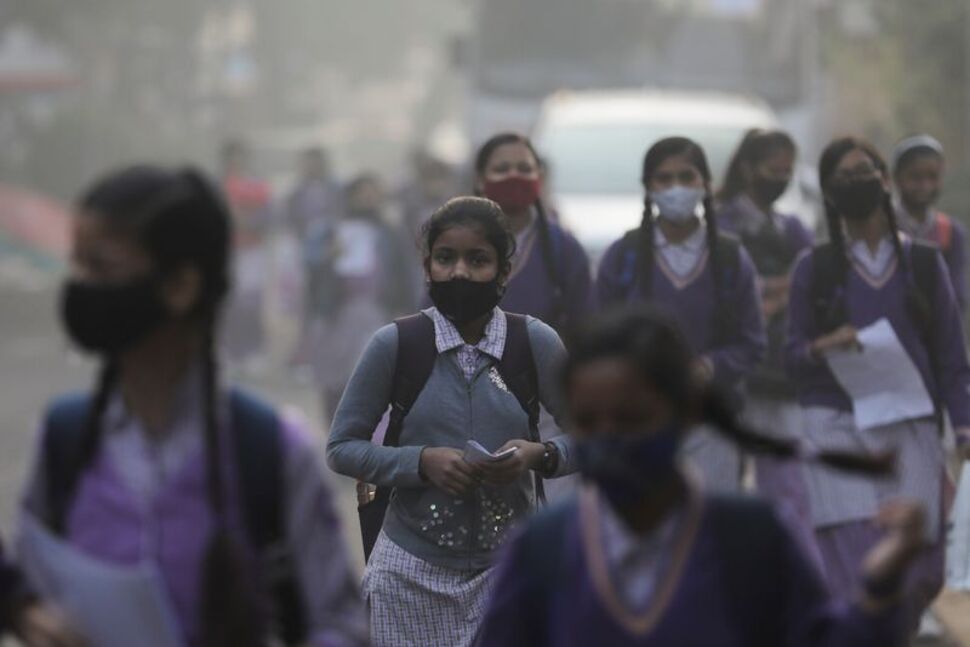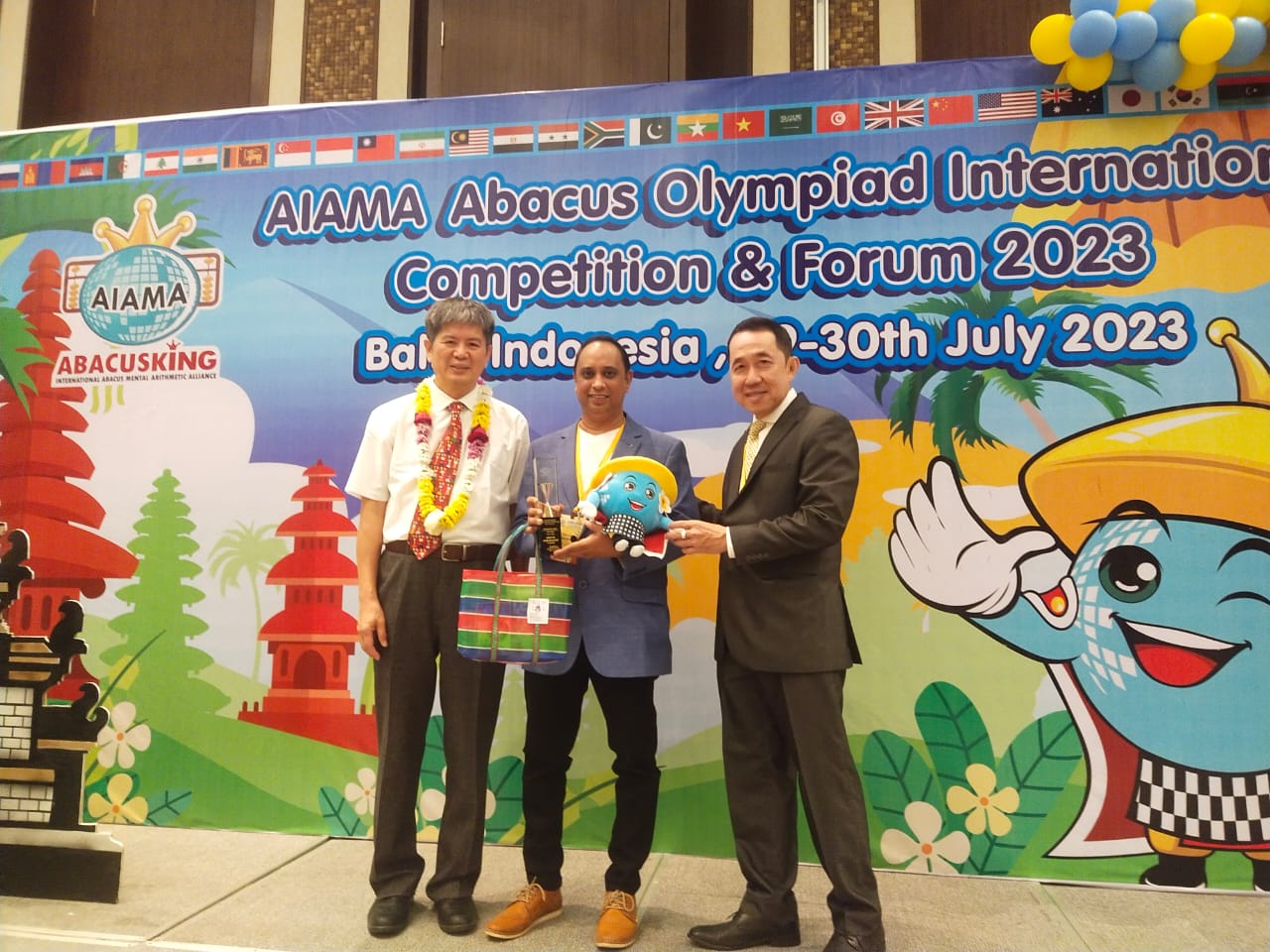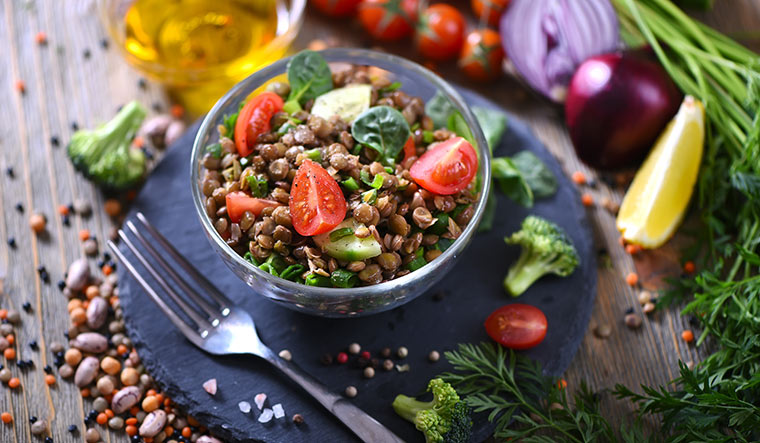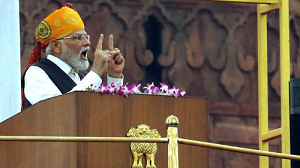
HEALTH
More Indians getting hooked on opioid painkillers. Doctors warn of possible ‘pharma opioid epidemic’
- Admin
- Sep 29, 2023
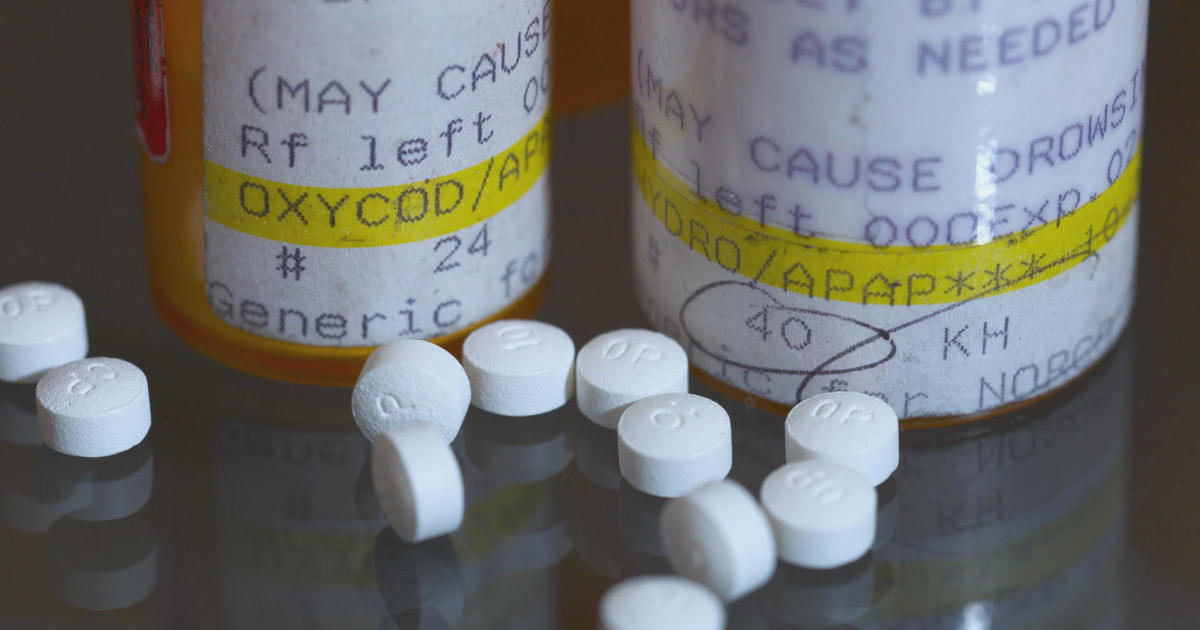
More Indians getting hooked on opioid painkillers. Doctors warn of possible ‘pharma opioid epidemic’
Addiction treatment centres across India are observing an uptick in patients grappling with abuse of opium-derived painkillers like Tramadol, specialists say.
For doctors and staff at the National Drug Dependence Treatment Centre (NDDTC) at Delhi’s All-India Institute of Medical Sciences, it used to be a rarity to come across patients addicted to pharmacological opioids some 10-15 years ago. But today, the situation has drastically changed.
In India, addiction specialists warn that the existing heroin epidemic has created a fertile ground for the next wave of the “pharma opioid epidemic” — a public health crisis caused by unregulated sale, purchase and use of opioid painkillers.
The spearheaded by the NDDTC, showed that after alcohol and cannabis, opioids are the most commonly abused substances in India. These include opium and its derivatives (like poppy husk, known as doda), heroin (including its impure variant known as smack or brown sugar), and pharmaceutical opioids.
This survey found that the rate of opioid use in the general population in India, at 2.06 percent is nearly three times that of the global average of 0.7 percent.
Within the broader category of opioids, showed the report, the population’s addiction rate to heroin—considered the most harmful and addictive opioid — stood at 1.14 percent. However, pharmaceutical opioids closely followed, with 0.9 percent of the population addicted to these drugs.
“In the first National Drug Survey in 2004, opium and its extracts were the highest used opioids, with pharmaceutical opioids comprising a miniscule proportion. But the trend has reversed now,” Dr Ravindra Rao, professor of psychiatry at NDDTC and a researcher on opioids, “There are now signs of a widespread pharmaceutical opioid addiction in many states such as Punjab and some north-eastern states.”
The next round of survey, Rao added, is expected to give a clearer picture of the opioid consumption pattern in India.
“Given the anecdotal evidence, the penetration of pharmaceutical opioids could be far wider than what most people think,” he said.

